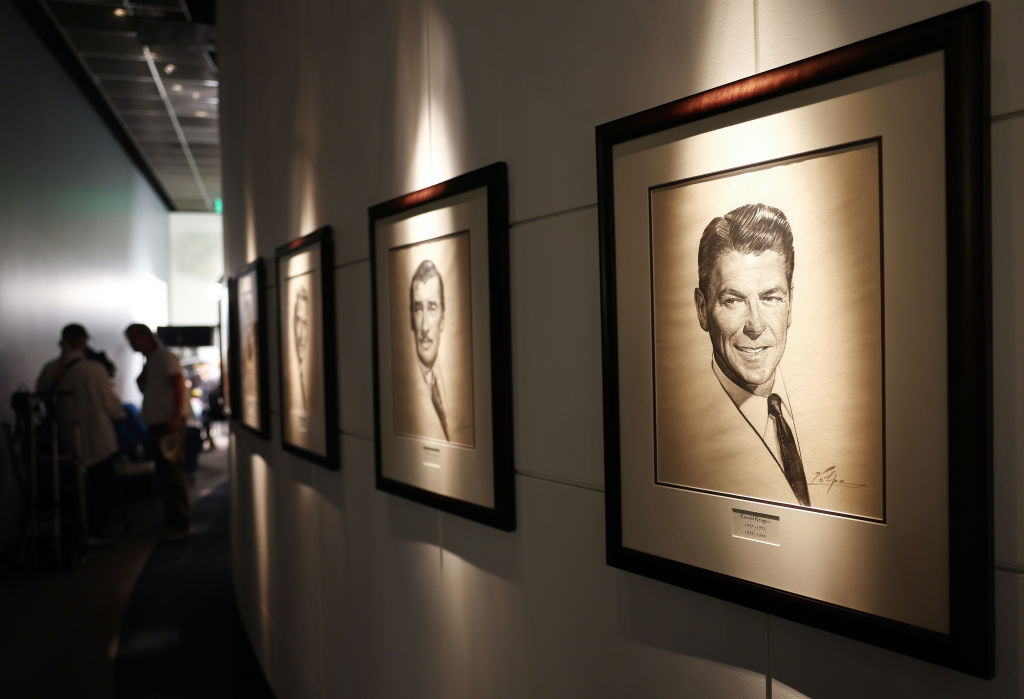The Screen Actors Guild-American Federation of Television and Radio Artists (SAG-AFTRA) officially announced a strike on Thursday following the expiration of their contracts with the Alliance of Motion Picture and Television Producers (AMPTP). Hours later, members of SAG-AFTRA, Hollywood’s largest union for performers and other media professionals, joined in striking with Writers Guild of America (WGA) workers in the two unions’ first joint walkout against the studios since 1960.
“It came with great sadness that we came to this crossroads. But we had no choice. We are the victims here,” SAG-AFTRA president Fran Drescher said during the guild’s Thursday press conference. “We are being victimized by a very greedy entity. I am shocked by the way the people that we have been in business with are treating us. I cannot believe it, quite frankly. How far apart we are on so many things. How they plead poverty, that they’re losing money left and right while giving hundreds and millions of dollars to their CEOs. It is disgusting. Shame on them. They stand on the wrong side of history at this very moment.”
The WGA, SAG-AFTRA’s sister union, has been on strike since May 2 after failing to reach an agreement with AMPTP over their working conditions, compensation structure, and threats to their jobs including AI. Now, with SAG-AFTRA joining WGA members on the picket lines, the simultaneous strikes are expected to halt the majority of Hollywood’s film and TV production.
The start of SAG-AFTRA’s strike marks the first time in 63 years that Hollywood writers and actors are striking at the same time. Here’s what happened the last time SAG and the WGA went on strike together.

What happened when the WGA and SAG went on strike in 1960?
On January 16, 1960, the WGA began striking against the Alliance of Television Film Producers (ATFP) with demands for better compensation. Writers wanted studios to pay into the WGA health and pension funds as well as increase wages and residuals related to their work being shown on television or via television reruns.
A few months later, SAG—still decades away from their 2012 merger with AFTRA—began its own strike on March 7, 1960, in a fight over residuals from films sold to TV networks, resulting in the industry’s first double strike.
SAG’s strike ended on April 18, 1960, when the guild agreed to forego residual payments on films made prior to 1960 in exchange for receiving residuals on all films made from 1960 on as well as a one-time payment of $2.25 million from producers to form a SAG pension and health plan.
The writers strike, on the other hand, continued until June 12, 1960, when the WGA agreed to a groundbreaking new deal. Gains for the guild included the first residuals for theatrical motion pictures (payments of 1.2% of the license fee when features were licensed to television), an independent pension fund and industry health insurance plan, and 4% residuals for both domestic and foreign television reruns, according to the WGA website.
Who was involved in the 1960 strike SAG and WGA strike?
During the 1960 strikes, future U.S. President Ronald Reagan held the position of SAG president and led negotiations with the Hollywood studios.
SAG’s strike halted production on eight feature films, including Elizabeth Taylor’s Butterfield 8, Gina Lollobrigida’s Go Naked in the World, Jack Lemmon’s The Wackiest Ship in the Army, and Marilyn Monroe’s Let’s Make Love. The stars behind these films—and more, including Bing Crosby and Fred Astaire—all participated in the work stoppage.
More Must-Reads from TIME
- Caitlin Clark Is TIME's 2024 Athlete of the Year
- Where Trump 2.0 Will Differ From 1.0
- Is Intermittent Fasting Good or Bad for You?
- The 100 Must-Read Books of 2024
- Column: If Optimism Feels Ridiculous Now, Try Hope
- The Future of Climate Action Is Trade Policy
- FX’s Say Nothing Is the Must-Watch Political Thriller of 2024
- Merle Bombardieri Is Helping People Make the Baby Decision
Write to Megan McCluskey at megan.mccluskey@time.com